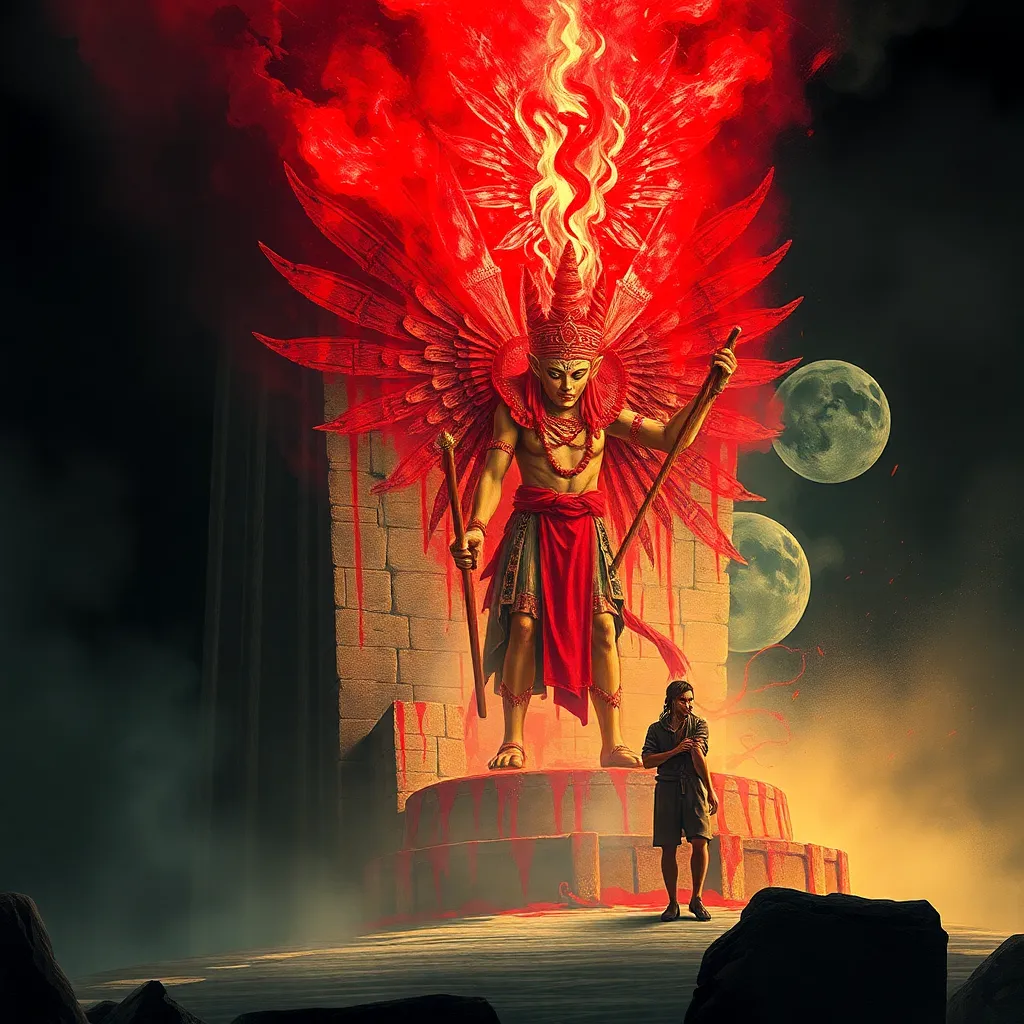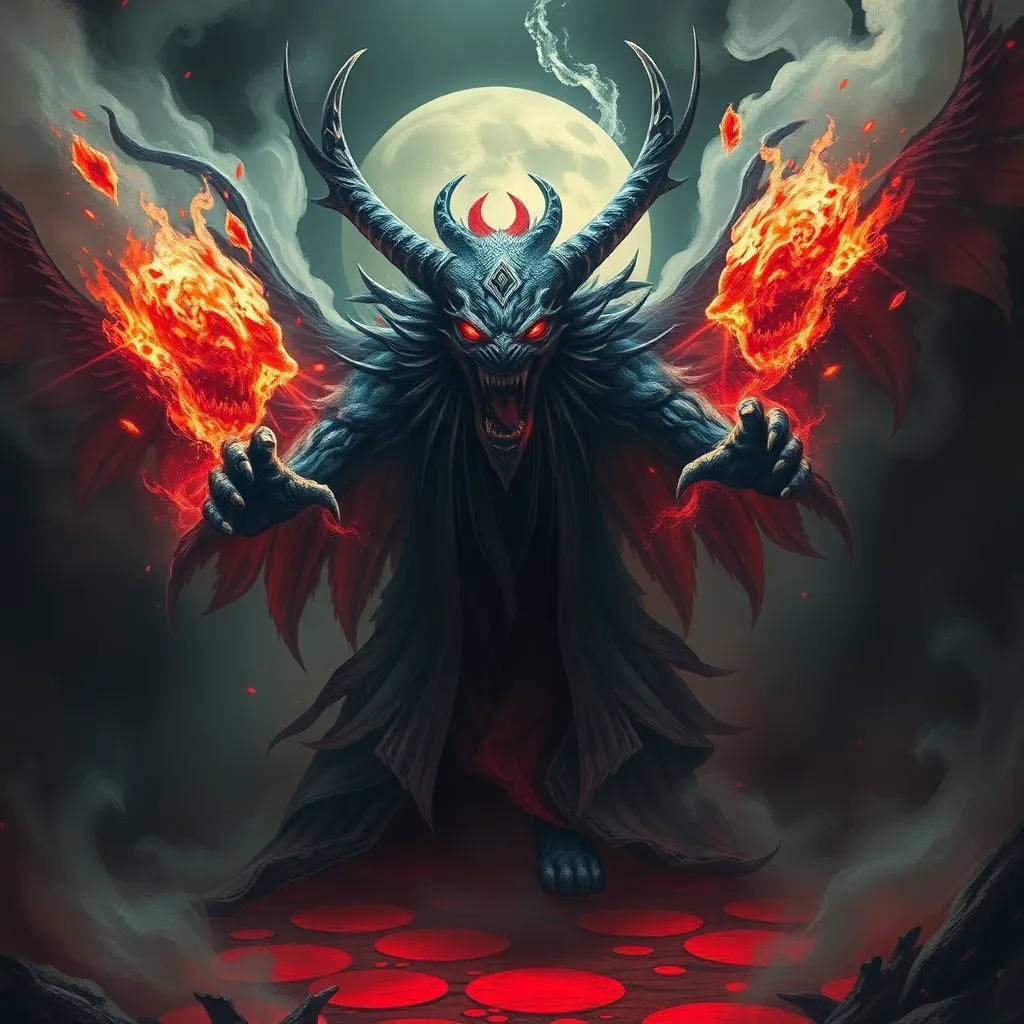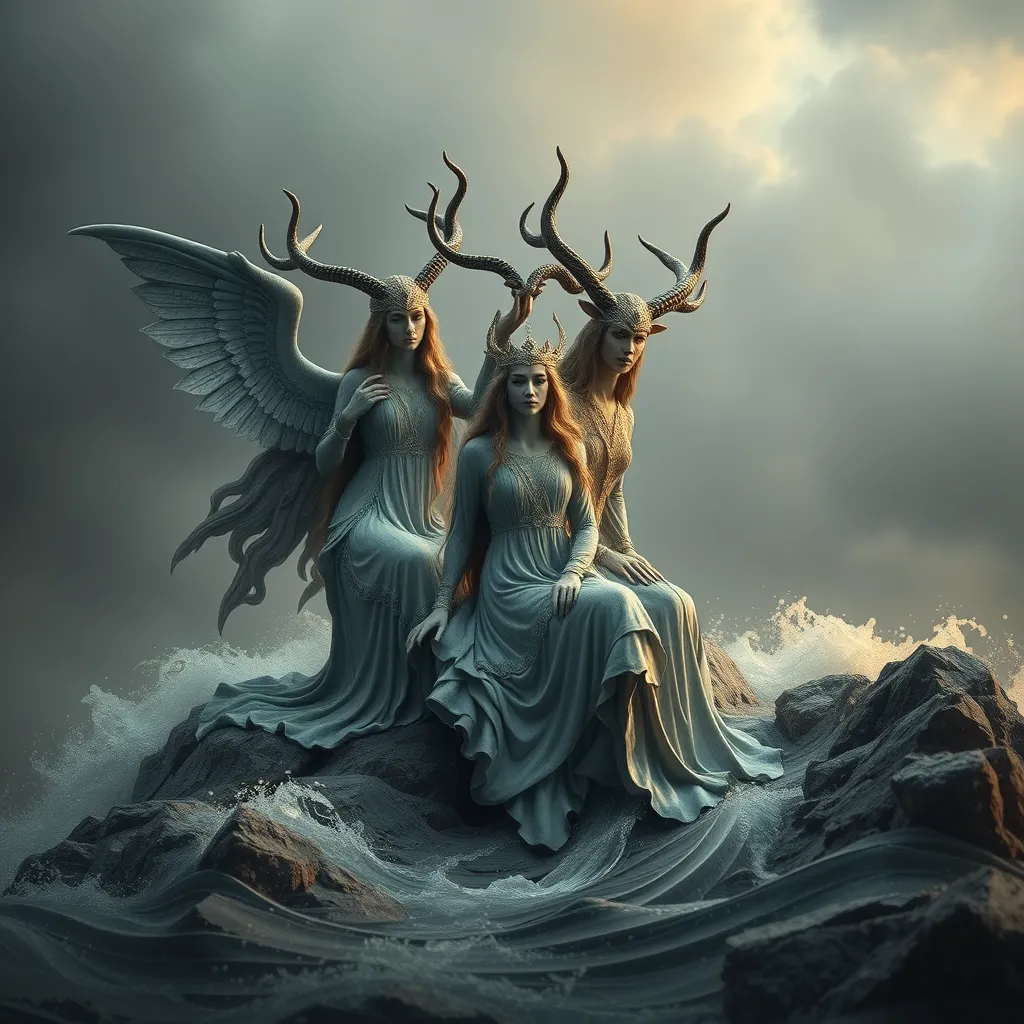The Blood Sacrifice: Examining the Sacrificial Rituals Dedicated to Coatlicue
I. Introduction
Coatlicue, a central figure in Aztec mythology, embodies the complexities of life and death, fertility and sacrifice. Revered as the earth goddess, she is often depicted as a fearsome figure adorned with snakes, symbolizing both creation and destruction. Her narratives highlight the significance of blood sacrifice, a pivotal aspect of Mesoamerican cultures that aimed to sustain the universe and appease the gods. This article will delve into the multifaceted nature of Coatlicue and the sacrificial rituals dedicated to her, exploring their mythological context, cultural significance, and historical interpretations.
II. The Mythological Context of Coatlicue
A. Origins and attributes of Coatlicue
Coatlicue, whose name translates to “Serpent Skirt,” is often described as the mother of gods, particularly of Huitzilopochtli, the god of war and the sun. According to Aztec mythology, she was conceived from the earth and sky, embodying both the primeval mother and the nurturing earth. Her dual nature is reflected in her portrayal: she is both a giver of life and a devourer of souls.
B. The duality of life and death associated with her
Coatlicue represents the cyclical nature of existence, where life and death are interconnected. This duality is central to Aztec beliefs, reflecting the idea that death feeds life, and vice versa. Her association with fertility emphasizes this connection, as she is seen as a source of sustenance and growth.
C. Relationship to other deities in the Aztec pantheon
Coatlicue is intricately linked to other deities within the Aztec pantheon, notably her son Huitzilopochtli and her daughter Coyolxauhqui, the moon goddess. The myths surrounding her family highlight themes of conflict, sacrifice, and the balance of opposing forces. These relationships underscore the importance of sacrifice in the Aztec worldview, particularly in maintaining harmony among the gods.
III. The Role of Sacrifice in Aztec Religion
A. Importance of sacrifice in maintaining cosmic order
In Aztec religion, sacrifice was deemed essential for the sustenance of the cosmos. The gods required nourishment, and blood, considered the most potent form of offering, was believed to invigorate the divine powers. Sacrifice was not merely a ritualistic act; it was a means of ensuring the continuation of the sun’s journey and the fertility of the earth.
B. Types of sacrifices practiced by the Aztecs
The Aztecs engaged in various forms of sacrifice, including:
- Human sacrifice: Often involving prisoners of war, this was the most revered form of offering.
- Animal sacrifice: Commonly included the offering of birds and other creatures.
- Food offerings: Rituals often included the presentation of maize, fruits, and other staple foods.
C. The symbolism of blood and its perceived power
Blood was viewed as a powerful substance, representing life force and vitality. The Aztecs believed that by offering blood, they were engaging in a reciprocal relationship with the gods, ensuring their favor and the balance of the universe. This deep-seated belief in the potency of blood is reflected in the rituals dedicated to Coatlicue and other deities.
IV. Rituals Dedicated to Coatlicue
A. Description of specific sacrificial ceremonies
Rituals dedicated to Coatlicue were elaborate and deeply symbolic. One prominent ceremony involved the *Tlacaxipehualiztli*, or the “Flaying of Men,” where captives were sacrificed and their skin was displayed as a tribute to the goddess. This ritual emphasized the themes of renewal and rebirth associated with Coatlicue.
B. The participants and their roles in the rituals
Rituals involved various participants, including priests, dancers, and community members. The priests played a crucial role in performing the ceremonies, invoking the goddess’s presence and leading the sacrifices. Dancers often depicted mythological narratives, embodying the deities and allowing the community to connect with the divine.
C. The use of offerings and altars in worship
Altars dedicated to Coatlicue were adorned with offerings such as food, flowers, and incense. These altars served as focal points for worship and were often decorated with symbols of fertility, life, and death. Offerings were meant to honor Coatlicue and invoke her blessings for the community.
V. The Cultural Significance of Blood Sacrifice
A. Social and political implications of sacrificial practices
Sacrificial practices were deeply woven into the social and political fabric of Aztec society. They served as expressions of power and control, reinforcing the authority of the ruling class. The capture of human sacrificial victims was often linked to military conquests, demonstrating dominance over rival groups.
B. The intersection of religion and daily life in Aztec society
Religion permeated daily life in the Aztec civilization. Sacrificial rituals were not isolated events; they were integrated into agricultural cycles, festivals, and community gatherings. The act of sacrifice became a communal experience, fostering unity and shared identity among the Aztecs.
C. Coatlicue’s role as a symbol of fertility and regeneration
Coatlicue’s representation as a fertility goddess was central to her worship. The rituals dedicated to her emphasized regeneration, both of the earth and the cycle of life. Her associations with agriculture and childbirth made her a vital figure in the agricultural calendar, and communities often sought her favor for bountiful harvests.
VI. Historical Accounts and Archaeological Evidence
A. Accounts from Spanish conquistadors and chroniclers
Spanish conquistadors, such as Hernán Cortés, provided some of the earliest written accounts of Aztec sacrificial practices. Their descriptions, though often biased and sensationalized, offer insights into the perceptions of these rituals from an outsider’s perspective. Chroniclers like Bernal Díaz del Castillo documented the scale and significance of sacrifices, particularly those dedicated to Coatlicue.
B. Archaeological findings related to sacrificial sites dedicated to Coatlicue
Archaeological excavations have uncovered numerous sites related to sacrificial rituals dedicated to Coatlicue. These findings often include remnants of altars, ceremonial objects, and human remains, providing tangible evidence of the practices and beliefs of the Aztec civilization.
C. Interpretation of evidence and its impact on understanding Aztec rituals
The interpretation of archaeological evidence has evolved over time, challenging earlier misconceptions. Modern scholarship seeks to understand the complexities of these rituals, moving beyond the simplistic narrative of brutality to explore their cultural and spiritual significance.
VII. Modern Interpretations and Misconceptions
A. Contemporary views on Aztec blood sacrifice
In contemporary discourse, Aztec blood sacrifices are often viewed through a lens of horror and misunderstanding. Many modern interpretations fail to recognize the cultural context and spiritual dimensions of these rituals, reducing them to mere acts of violence.
B. The impact of colonial narratives on the understanding of these rituals
Colonial narratives played a significant role in shaping perceptions of Aztec practices. The demonization of indigenous religions and customs led to a skewed understanding of their significance, often portraying them as barbaric. This legacy continues to influence modern views on Aztec sacrificial traditions.
C. Re-evaluating the significance of sacrifice in modern contexts
Re-evaluating the significance of Aztec sacrifice requires a nuanced approach that acknowledges its complexities. Many scholars advocate for a perspective that recognizes the spiritual, social, and political dimensions of these rituals, emphasizing their role in sustaining the community and its relationship with the divine.
VIII. Conclusion
In summary, the sacrificial rituals dedicated to Coatlicue reveal a rich tapestry of beliefs, practices, and cultural significance within Aztec society. These rituals were not mere acts of violence but complex expressions of spirituality and communal identity. Coatlicue’s enduring legacy as a symbol of fertility and regeneration continues to captivate scholars and enthusiasts alike. Further study and exploration of Mesoamerican spirituality can enhance our understanding of these intricate traditions and their place in world history.



